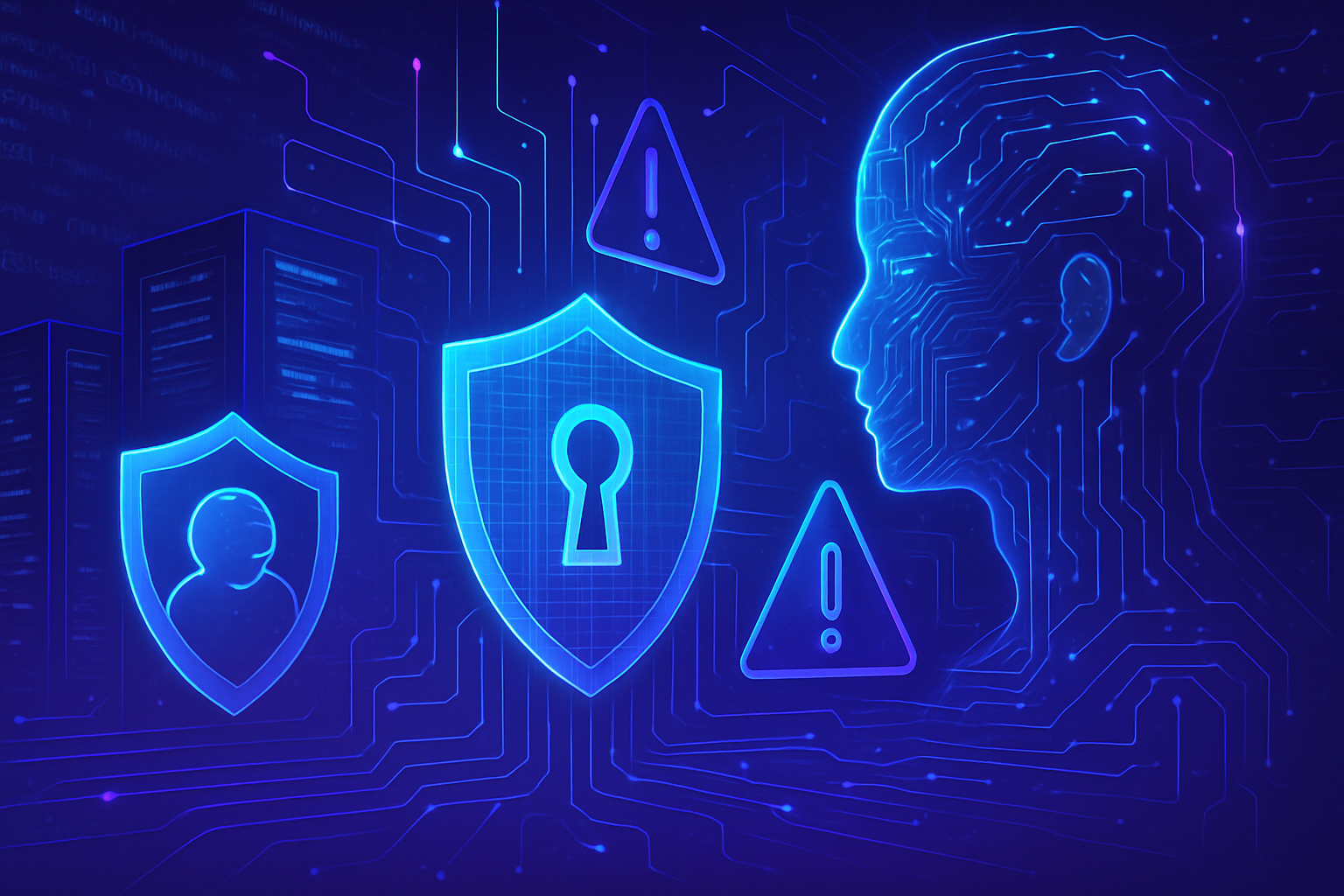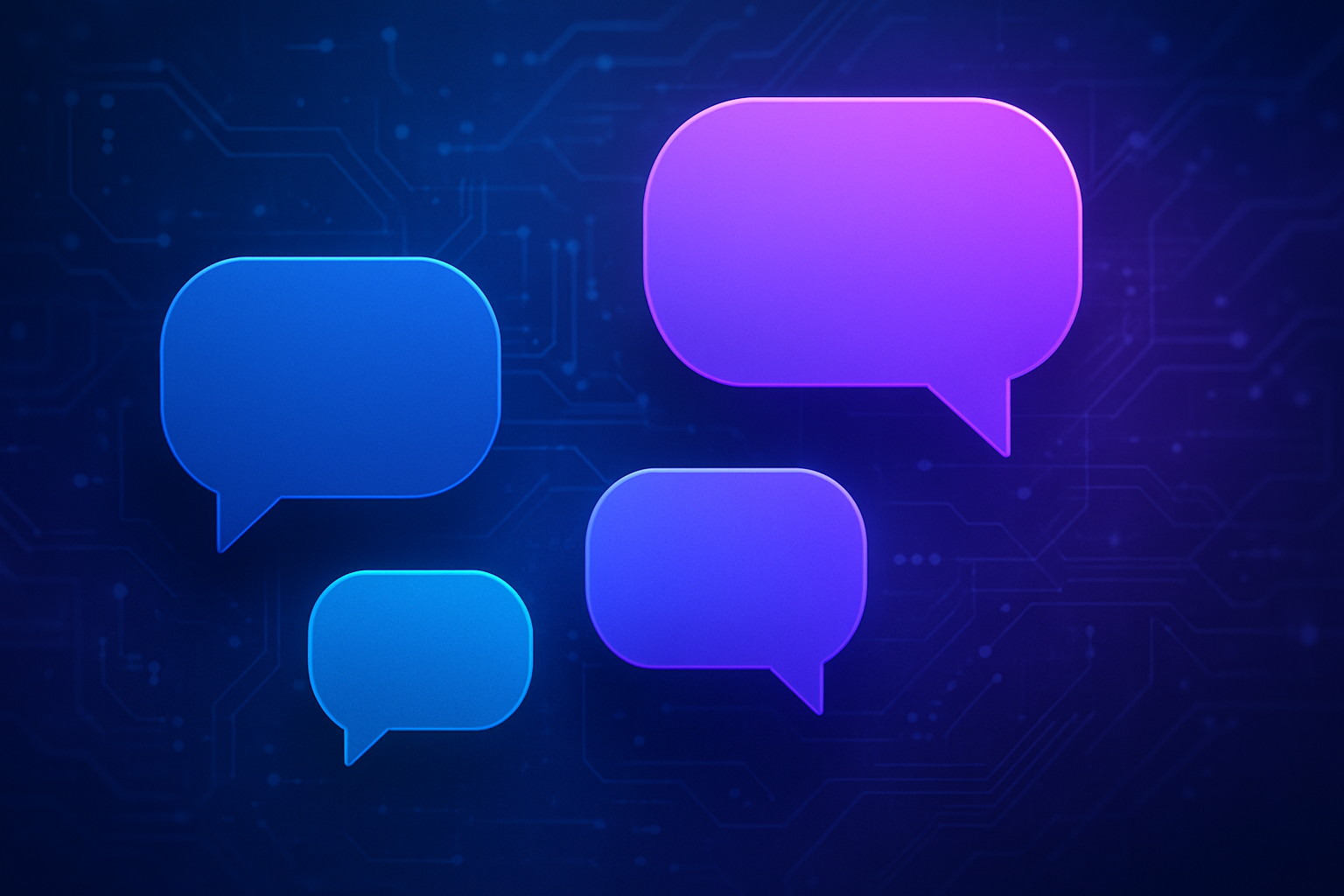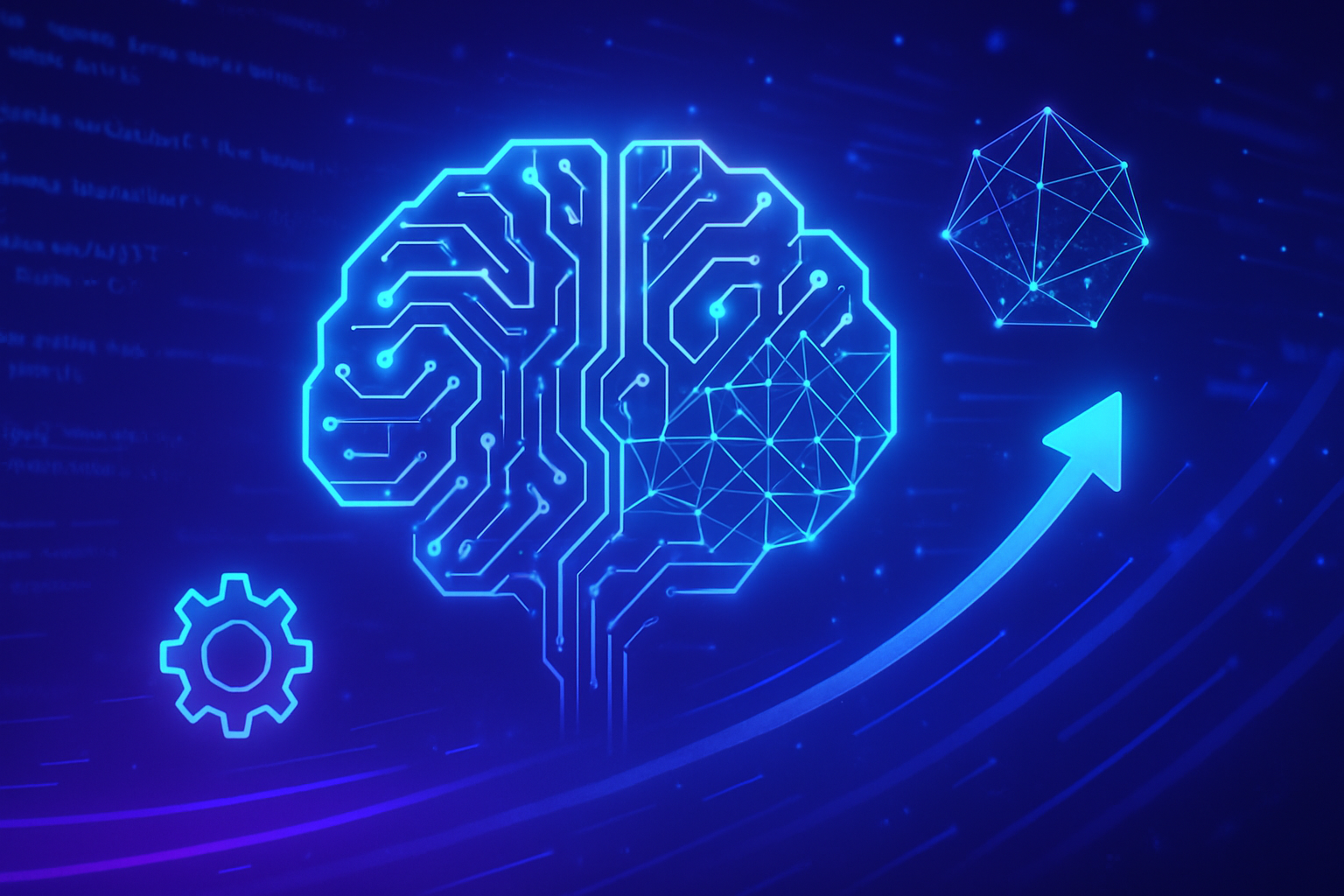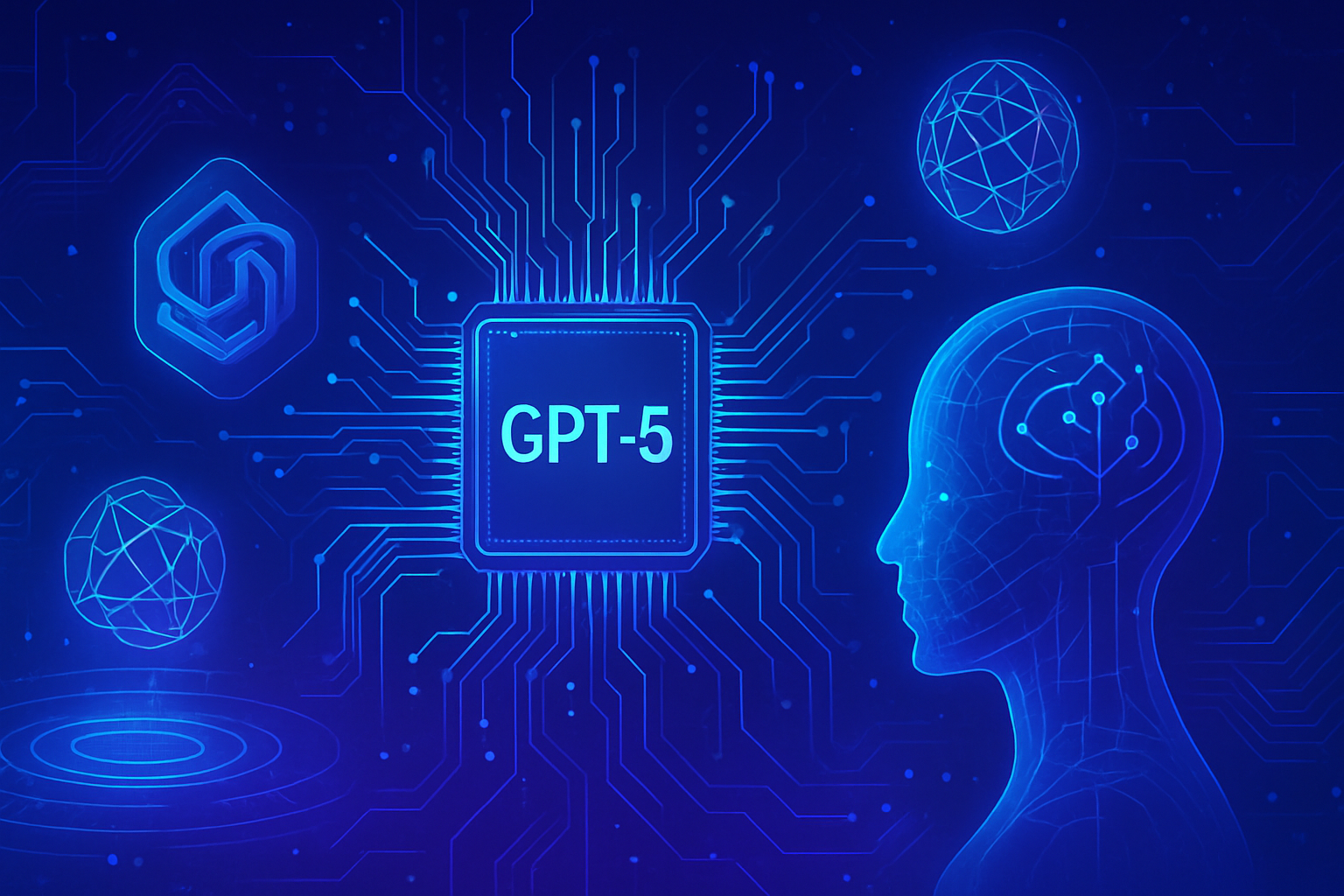Mainframes, pillars of information systems, are under increasing pressure from internal threats and compliance challenges. Vigilance becomes imperative, as the rise of artificial intelligence exacerbates traditional vulnerabilities. Attacks targeting these infrastructures result in heavy consequences for businesses, questioning established security standards. The transformation of security is not only necessary, but also urgent to meet contemporary regulatory requirements. Strengthening access, monitoring abnormal behaviors, and establishing responsible partnerships are among the essential strategies to secure these complex environments. Resilience against evolving threats relies on constant innovations, ensuring continuity of essential operations.
Necessary Renewal of Mainframe Security
Mainframes are crucial for the smooth operation of modern businesses. Although they have long enjoyed an unshakeable reputation for security, this perception requires reevaluation. Targeted attacks and increasing data breaches show that these systems are not immune. In 2024, the CNIL recorded 5,629 personal data breaches, an alarming increase of 20% compared to the previous year.
Increasing Internal Threats
Within an organization, internal threats are a major risk. Reckless behaviors, such as clicking on malicious links or sharing credentials, can expose systems to attacks. A simple distracted employee can become a vector of compromise, especially if their access extends to sensitive data. The absence of modern access controls increases the vulnerability of mainframe infrastructures.
The Impact of AI on Security
Cybercriminals today exploit artificial intelligence to orchestrate more sophisticated attacks. Hyper-personalized phishing techniques and social engineering scams are becoming more convincing and harder to detect. Moreover, the use of AI-powered bots facilitates the large-scale creation of misleading content, increasing the risk of sensitive data exfiltration.
Increased Regulatory Compliance
Regulatory requirements regarding cybersecurity are becoming significantly stricter. The NIS2 directive, which came into effect in October 2024, imposes strict obligations on companies regarding the security of computer systems. Financial penalties can reach up to 2% of global turnover, prompting businesses to prioritize compliance and security of legacy environments, especially mainframes.
Actions to Strengthen Mainframe Security
To ensure the security of mainframes against modern threats, three actions must be prioritized. First and foremost, it is essential to modernize user access. Outdated systems, accessible via obsolete methods, must be replaced with secure solutions, including multi-factor authentication and secure connections via VPN.
Next, the need for continuous monitoring of abnormal behaviors emerges as a strategic necessity. Behavioral analysis allows for the detection of suspicious connections and quick identification of security watchdogs. A well-integrated identity and access management (IAM) system fosters comprehensive traceability to meet compliance obligations.
Finally, close collaboration with responsible suppliers is imperative. Software development stakeholders must ensure the security of their products throughout their lifecycle. A flaw in code can open the door to serious compromises, hence the necessity of adopting rigorous security practices.
Recent declarations highlighting increasing threats underscore how vital it is not to let one’s guard down. Overconfidence in mainframes should not lead to neglecting their security. By integrating advanced solutions and adopting a proactive approach, it is possible to mitigate vulnerabilities while adhering to compliance standards.
Companies must wake up to the reality of current threats to avoid becoming easy targets in an ever-evolving digital landscape. Mainframe security is no longer just an asset but an unavoidable responsibility.
FAQ on Mainframe Security Renewal
What types of internal threats can affect mainframe security?
Internal threats include human errors, such as an employee clicking on a malicious link, or malicious behaviors, such as a colleague in a sensitive position using their access for harmful purposes.
How to modernize access methods to mainframes to enhance security?
It is essential to transition to terminal emulators accessible via browser or to secure connections via VPN, all while adopting modern security standards like TLS 1.3 and multi-factor authentication (MFA).
How to monitor and detect abnormal behaviors on mainframes?
Implementing continuous behavioral monitoring combined with automated analysis allows for the identification of unusual connections. An identity and access management (IAM) system also helps generate detailed audit logs.
How does AI impact cyberattacks targeting mainframes?
AI enables cybercriminals to launch more targeted and credible attacks, making social engineering techniques like deepfake and hyper-personalized phishing more effective and harder to detect.
What are the main security regulations to comply with regarding mainframes?
Regulations such as NIS2 and DORA impose strict requirements regarding security, risk assessment, and rapid incident reporting, non-compliance with which leads to severe penalties.
How to collaborate effectively with suppliers to ensure mainframe security?
It is imperative to ensure that suppliers apply robust security practices throughout the development lifecycle to prevent flaws in their code from exposing systems to risks.
Why is it crucial to secure legacy mainframe environments?
Legacy environments, although often perceived as secure, handle a high volume of sensitive data; therefore, their protection is essential in light of the increasing risks of cyberattacks.
What tools can be used to improve traceability and compliance of access to mainframes?
Identity and access management (IAM) solutions as well as audit log tracking systems ensure that all actions on the mainframe are traceable and compliant with regulatory requirements.





